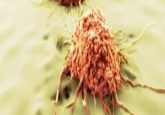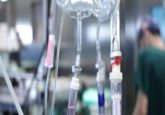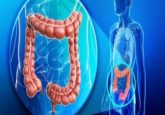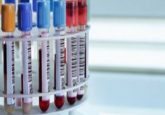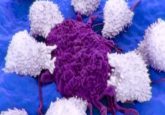Stinging nettle chemical could improve efficacy of metal-based cancer treatments
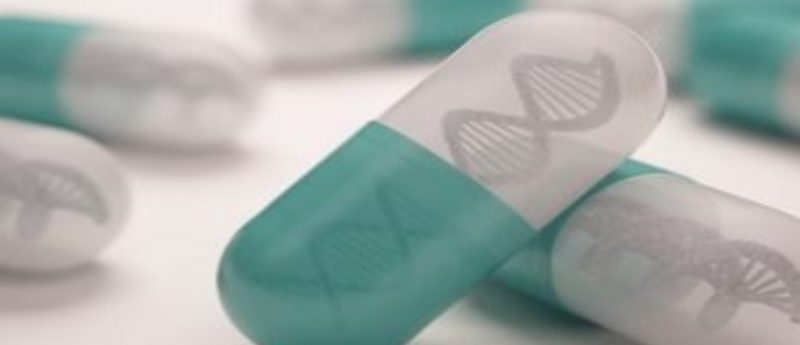
Researchers from the University of Warwick’s Department of Chemistry (UK) have found that a cancer drug could be made more effective when used in combination with a chemical found in stinging nettles and ants. Their research was published recently in Nature Communications.
When sodium formate is added to metal-based cancer treatments it can greatly improve the ability of the cancer treatment to disrupt cancer cells. Sodium formate is derived from formic acid, which is found in natural organisms, such as stinging nettles and ants and is more commonly used as a food preservative (E-237).
The researchers tested a compound of the metal ruthenium, known as JS07, on ovarian cancer cells and found that when JS07 is used in combination with sodium formate it is 50-times more effective than when used alone. The researchers came up with a novel method to bind sodium formate and JS07, forming a more potent version of the drug. They found that this more potent form of the drug acts as a catalyst with cancer cell’s energy-generating mechanism and causes cancer cell death by oxidative stress.
Peter Sadler, lead researcher of the group from Warwick states: “Cancer cells require a complex balance of processes to survive. When this balance is disrupted the cell is unable to function due to a range of process failures and eventually shuts down. The potent form of JS07 has proven to be very successful when tested on ovarian cancer cells.”
There are a number of potential benefits for cancer patients of this new combination of sodium formate and JS07, including a reduction in negative side effects.
“By itself, JS07 is capable of shutting down cancer cells but when used in combination with sodium formate this ability is significantly increased. As a result, lower doses would be required to target cancer cells – reducing both the drug’s toxicity and potential side-effects,” continued Sadler.
Another benefit is that once the more potent form of the drug has interacted with the cell’s energy-generating mechanism, the remaining nonpotent JS07 molecules can be reused upon the addition of a fresh supply of sodium formate. “When the potent form of JS07 interacts with a cell’s energy-generation mechanism, the sodium formate is used up in the process, but the JS07 itself is still viable to be used again. When it comes into contact with fresh supply of sodium formate it can again become potent, making this an efficient potential treatment.”
Isolda Romero-Canelón, a coresearcher on the study, discussed the future of cancer survival rates, stating that: “Current statistics indicate that one in every three people will develop some kind of cancer during their life time, moreover approximately one woman dies of ovarian cancer every two hours in the UK according to Cancer Research UK. It is clear that a new generation of drugs is necessary to save more lives and our research points to a highly effective way of defeating cancerous cells.” It is hoped that this research could lead to improved cancer survival rates.
Sources: Soldevila-Barreda JJ, Romero-Canelón I, Habtemariam A, Sadler PJ. Transfer hydrogenation catalysis in cells as a new approach to anticancer drug design. Nat. Commun. 6, 6582 (2015); University of Warwick press release
